We recently connected with Melissa Borman and have shared our conversation below.
Melissa, looking forward to hearing all of your stories today. Can you talk to us about a project that’s meant a lot to you?
During the pandemic, I worked on two projects. Both are meaningful, but one required me to be much more vulnerable. In May of 2020, my mother passed away the same week George Floyd was murdered just a few miles from my home. I had just started my photography series “Birds”. That summer, it made sense to focus on a project that I could work on alone in my studio during a difficult time, and photography is the medium with which I am most comfortable. Once “Birds” was well underway, I revisited previously overlooked objects, images, and ideas from abandoned and unfinished projects spanning two decades of my practice. I needed to make work about loss. That was the start of “[Re]collections & Earthly Artifacts, an installation and corresponding artist book.
“[Re]collections…” was so personal and I felt unsure about the work. I don’t think I would have gotten very far by directly focusing on early on. My attention was mostly on making the photographs for ”Birds”, but ideas for “[Re]collections…” were there just below the surface. Ideas would come to me while I was pinning up backdrops or editing files. Eventually, because I was able to maintain my studio set up for ” Birds”, it was feasible to take a day or two from that project to chase any ideas that came to me for “[Re]collections…” If I had just sat down and said, “Now I have to work on this multimedia installation and artist book about loss and grief,” I wouldn’t have been able to do it.
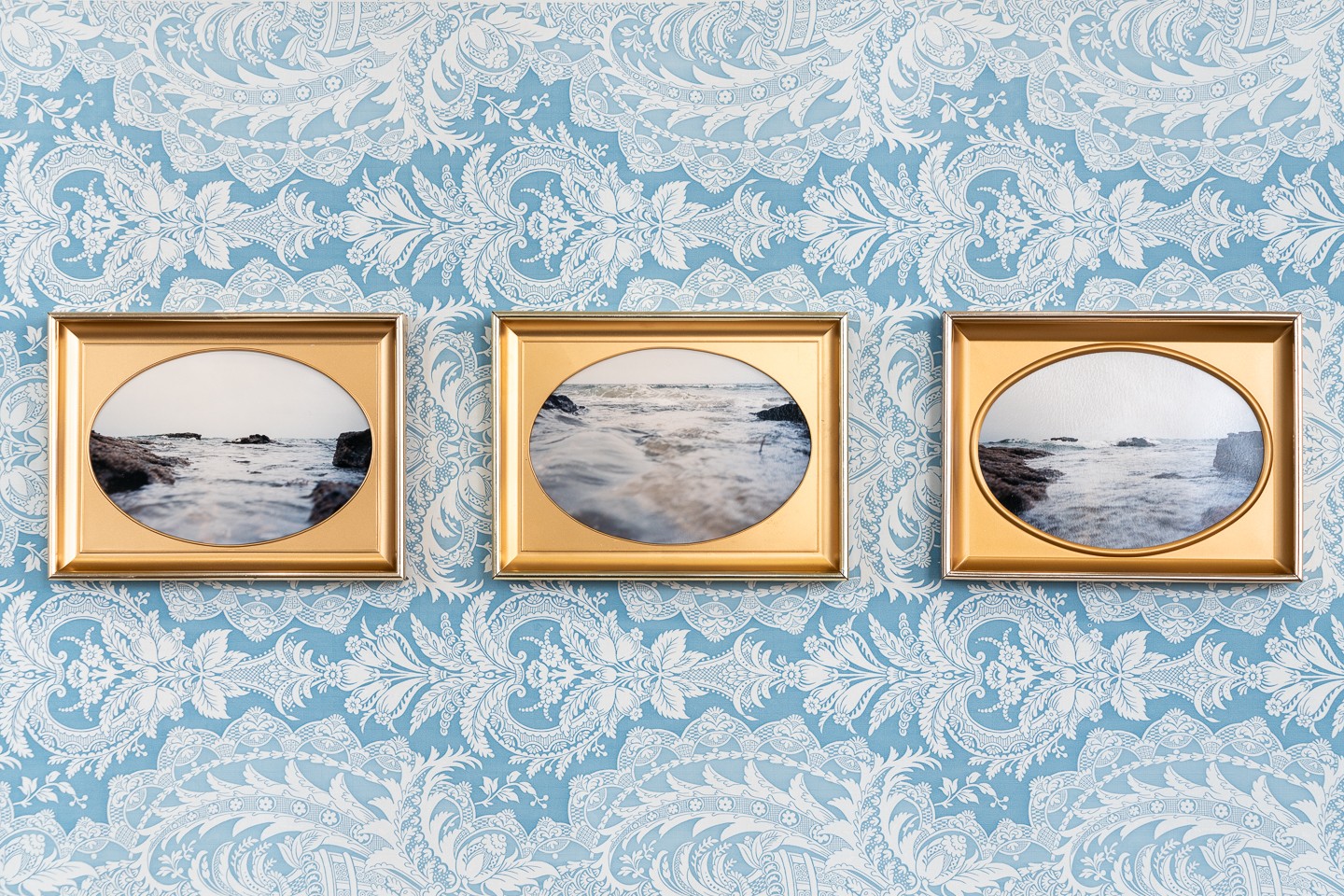
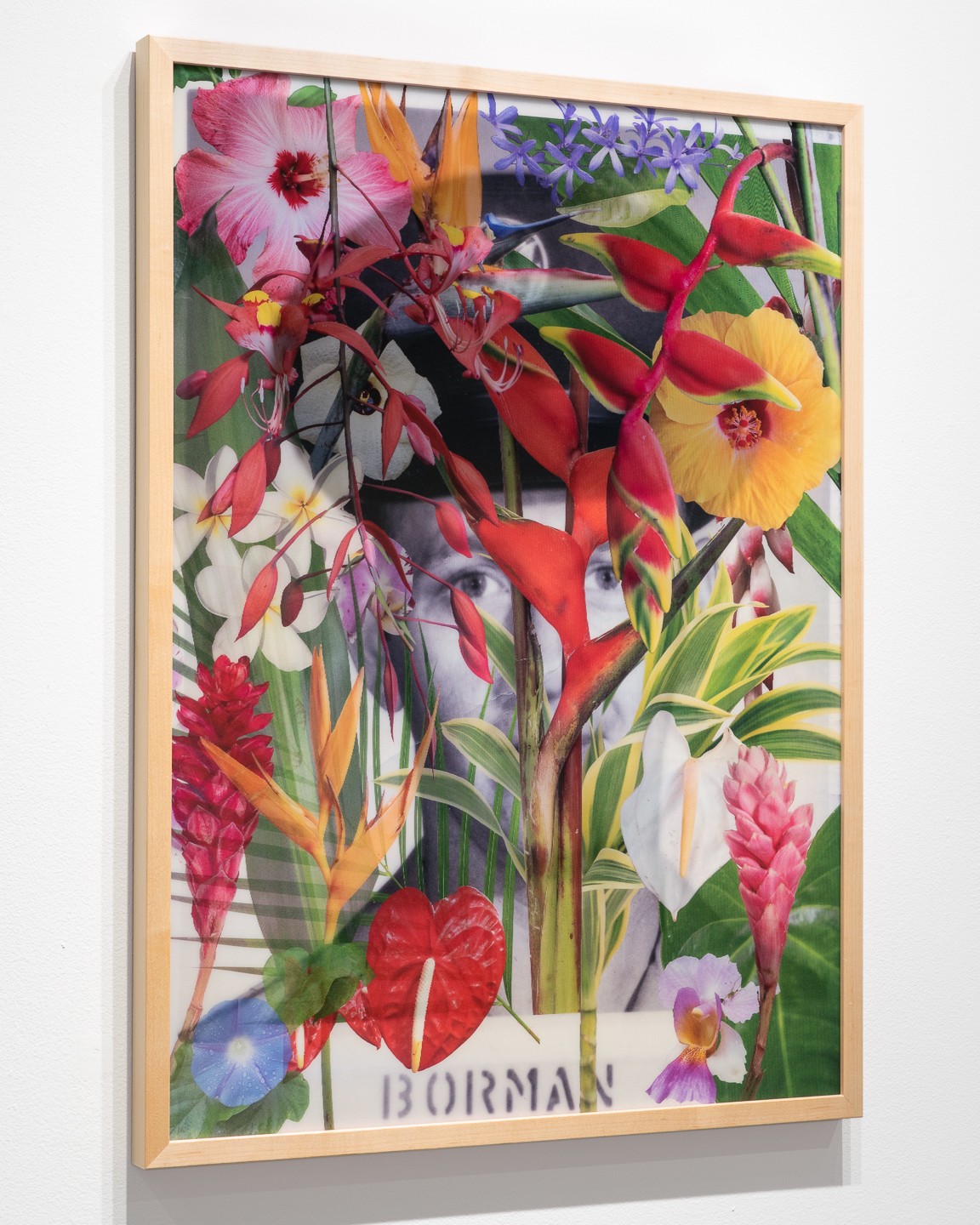
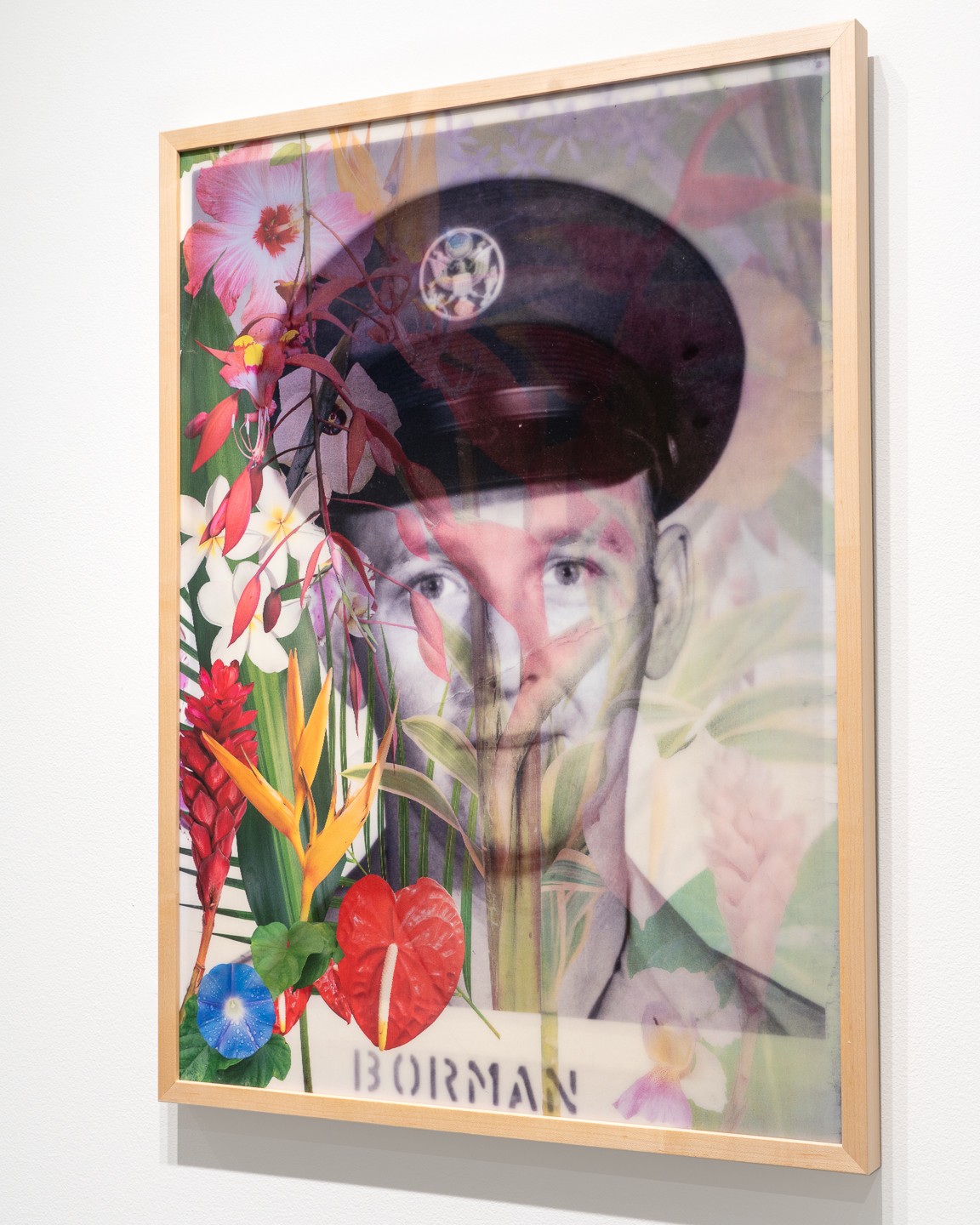
Great, appreciate you sharing that with us. Before we ask you to share more of your insights, can you take a moment to introduce yourself and how you got to where you are today to our readers.
I am a Minneapolis-based photographer, installation artist, and curator. My work explores the interconnected relationship between the natural world and human stories. I use images, objects, text, and video to investigate how we use elements from the natural world as metaphors to depict human experiences, and how these depictions shape our understanding of our surroundings.
My work has been exhibited nationally and internationally. I am a recipient of the Minnesota State Arts Board, Artist Initiative and Creative Support Grants, Metropolitan Regional Arts Council Grant, and Rochester Art Center’s Jerome Emerging Artist Award. Two of my artist books “Birds” and “[Re]collections & Earthly Artifacts” are in the Rosemary Furtak Artist Book Collection at the Walker Art Center.
I have been an educator for over 20 years. For 15 years I led summer programs at the Burren College of Art in Co. Clare Ireland. Recently I served as a mentor in Minneapolis College of Art and Design’s MFA Program. I am currently a full-time faculty member in Art and Gender Studies and Exhibitions Director at Century College in White Bear Lake, Mn
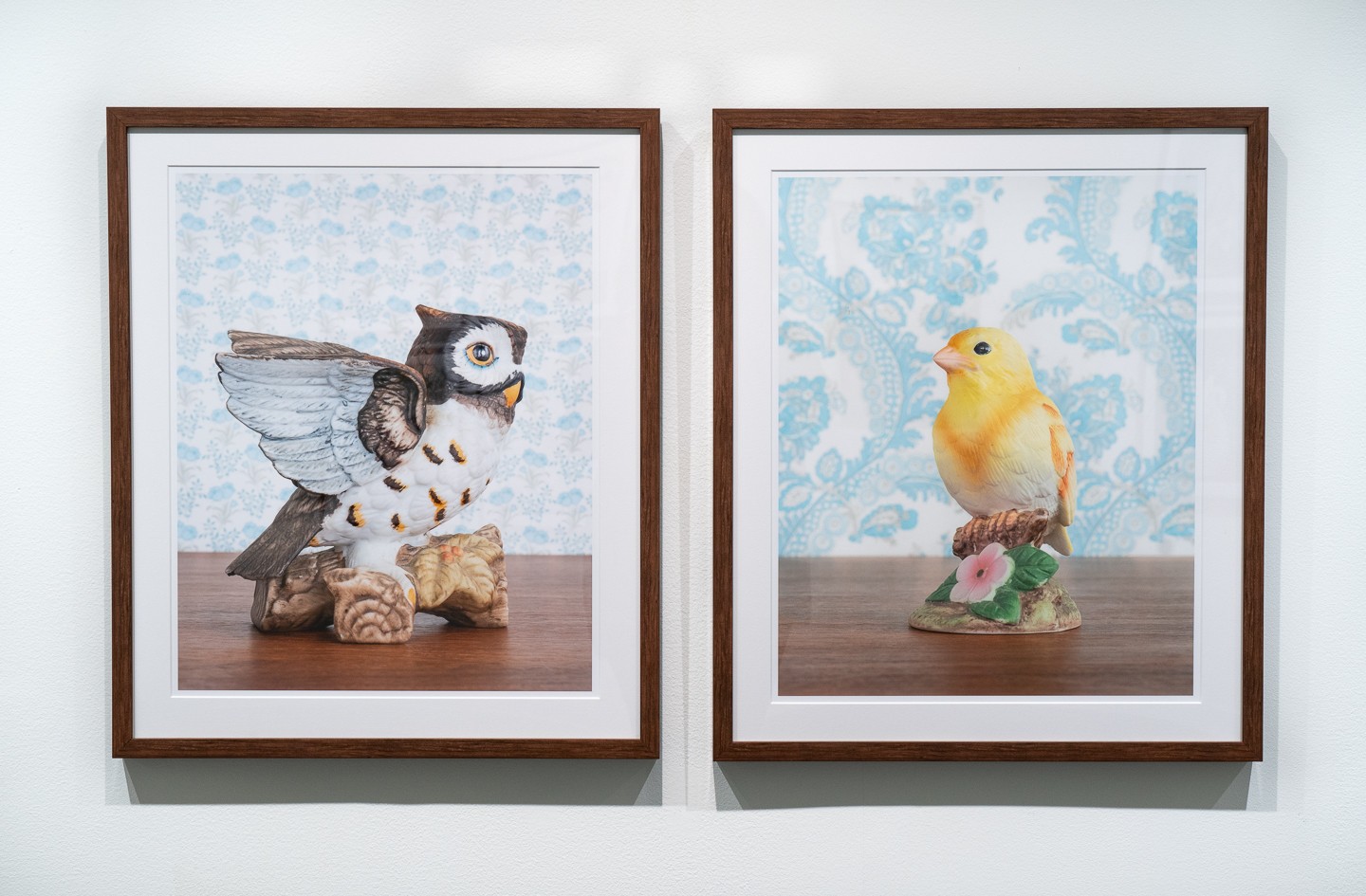
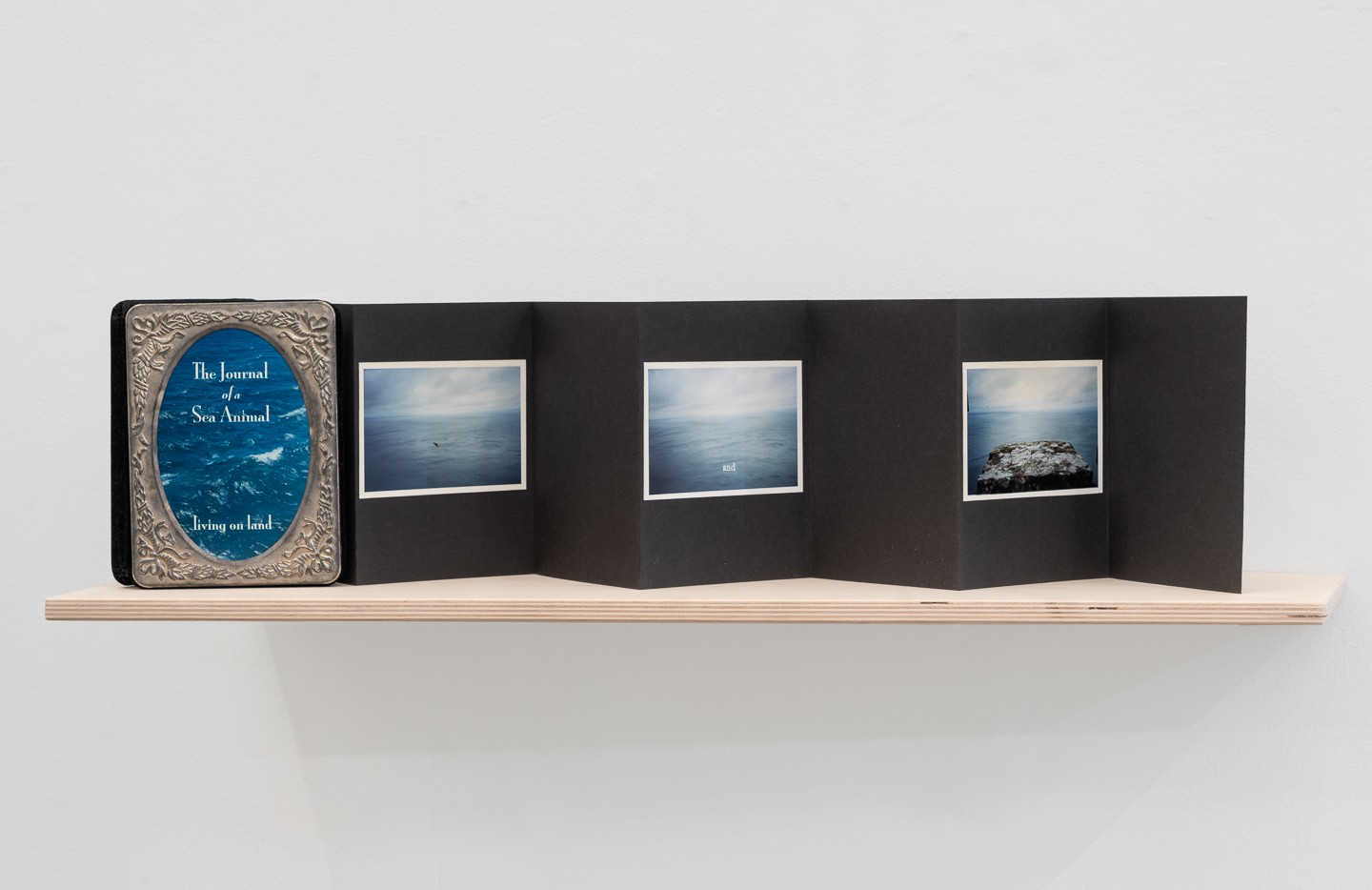
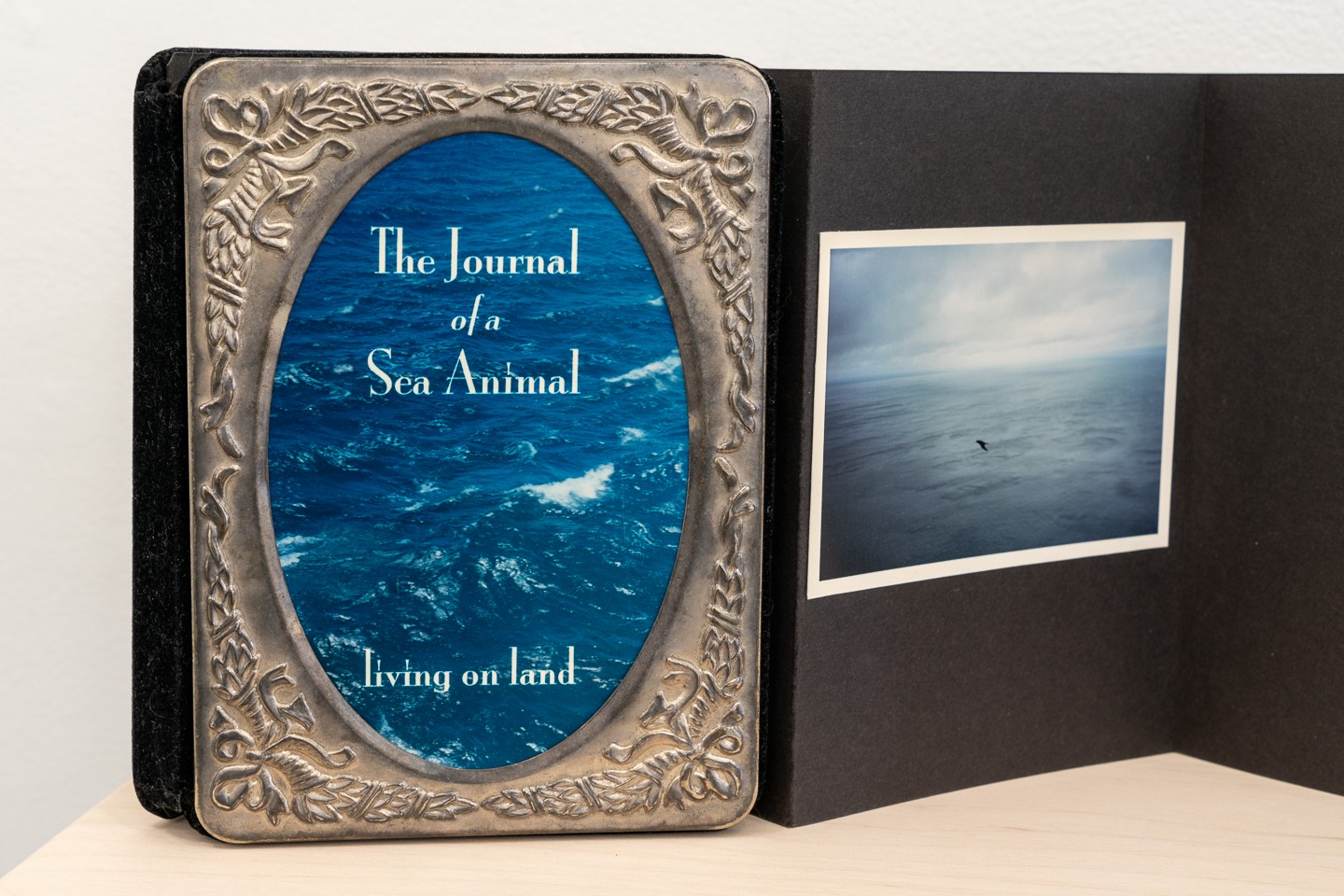
Do you think there is something that non-creatives might struggle to understand about your journey as a creative? Maybe you can shed some light?
Often when I am introduced as an artist to someone outside of the creative community, they respond with something along the lines of “How fun”, or “You’re so lucky. I wish I had time to make art”. I’m sure these folx mean well, but it always makes me uncomfortable. Living a creative life is a choice. Anyone can choose it. That said, as a first-generation college student myself and as a community college educator, I know that the choice has more consequences and obstacles for some than for others.
Making art is fun. But there’s a cost to choosing this line of work. Generally, we are always working, and if we aren’t working we feel guilty about it. We wear so many hats beyond “artist”. Many of us do all our marketing and manage finances, and we are our own IT department.
It is fun and I am grateful to be living a creative life. I’m extra grateful when folx acknowledge that what we do is meaningful and that creatives play a vital role in our society.
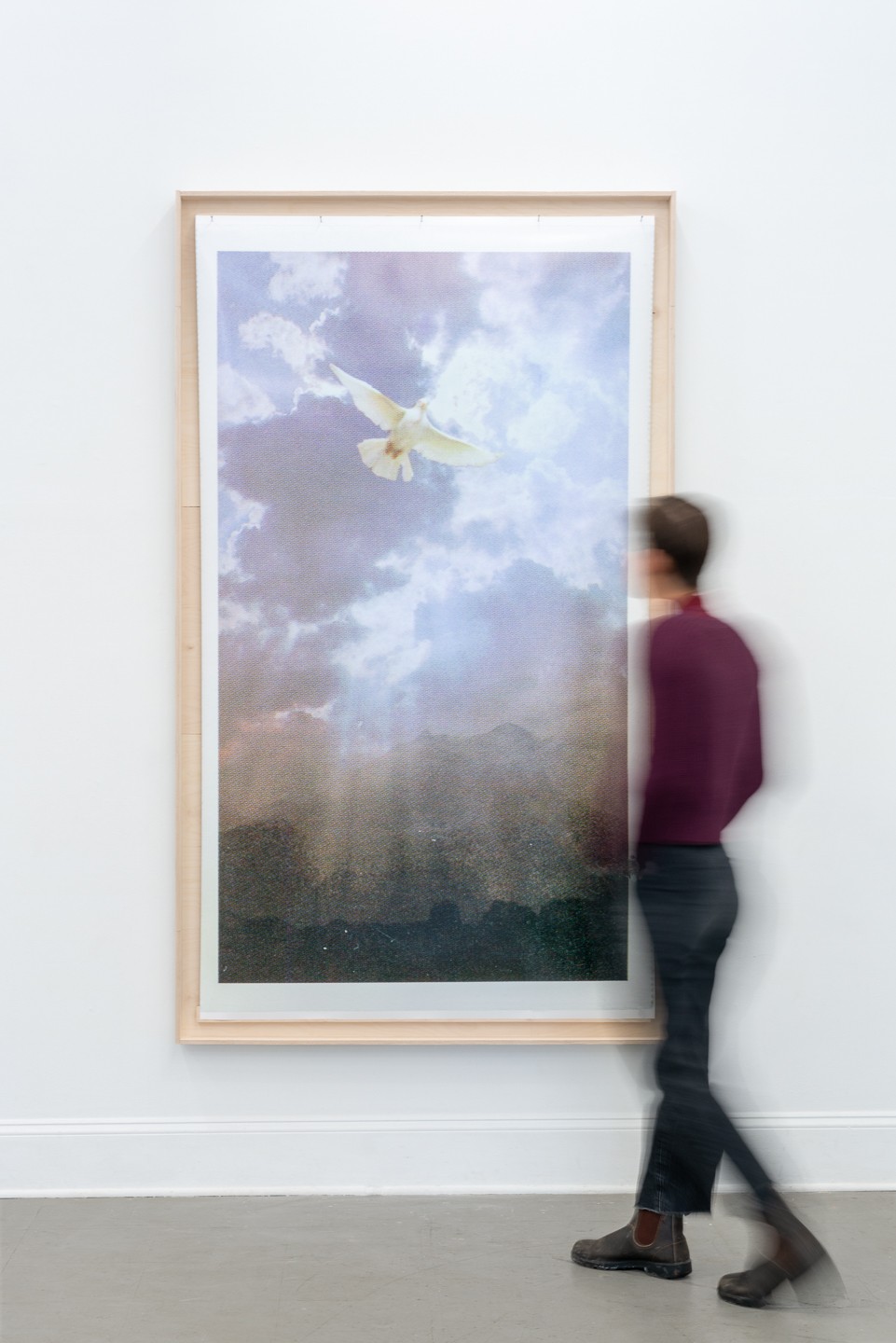
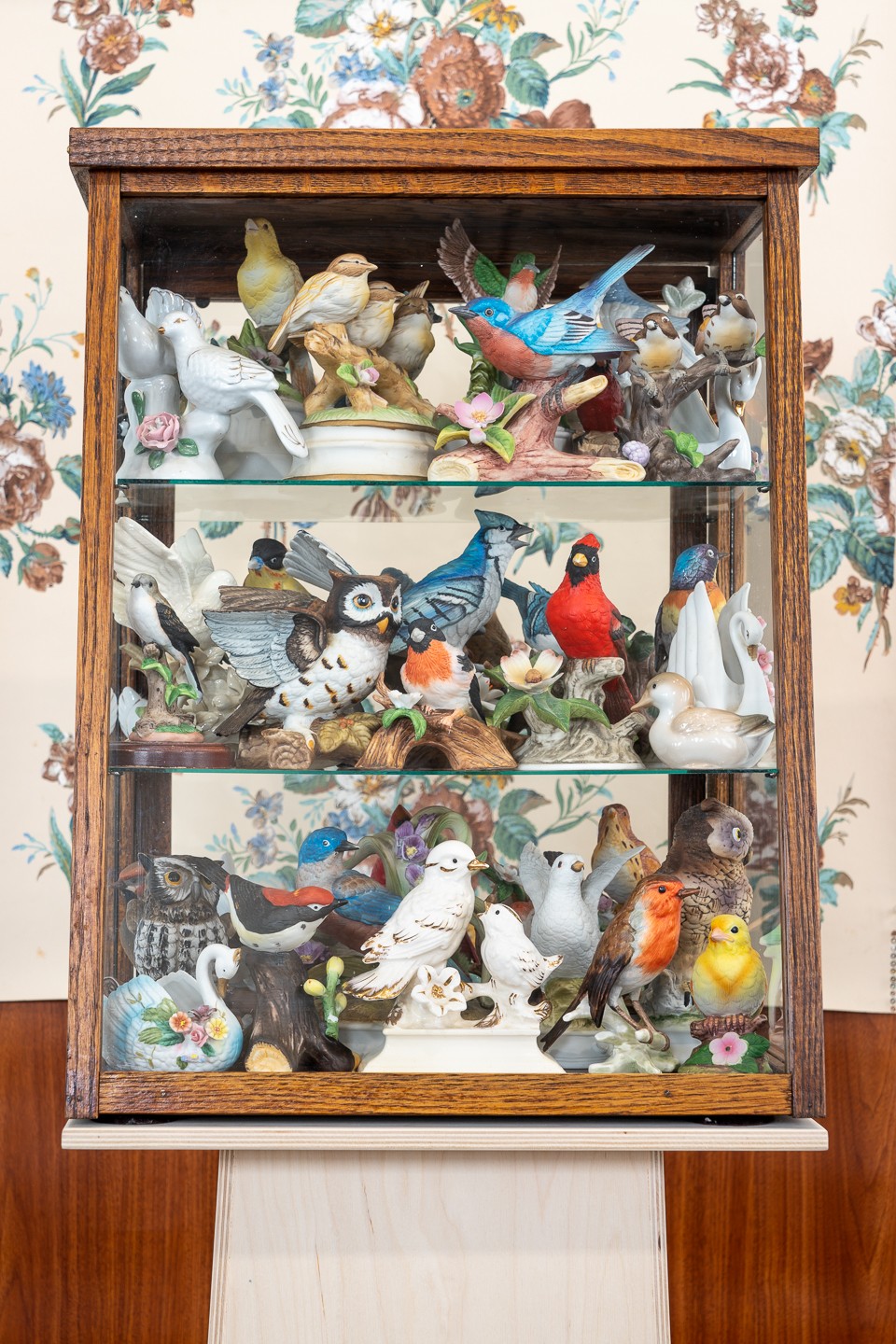
Are there any resources you wish you knew about earlier in your creative journey?
This seems silly now but I spent too much of my early years feeling competitive with and comparing myself to other artists. The greatest resource I’ve come across in my creative journey is other creatives. There’s all this mythology around the “loner artist” but based on my experience, support from a creative community is essential. We just need to shift our mindset from one of scarcity and competition to one of abundance and collaboration.
Contact Info:
- Website: https://www.melissaborman.com/
- Instagram: @melissa.borman
Image Credits
Portrait by Paul Wegner, All others by Melissa Borman


